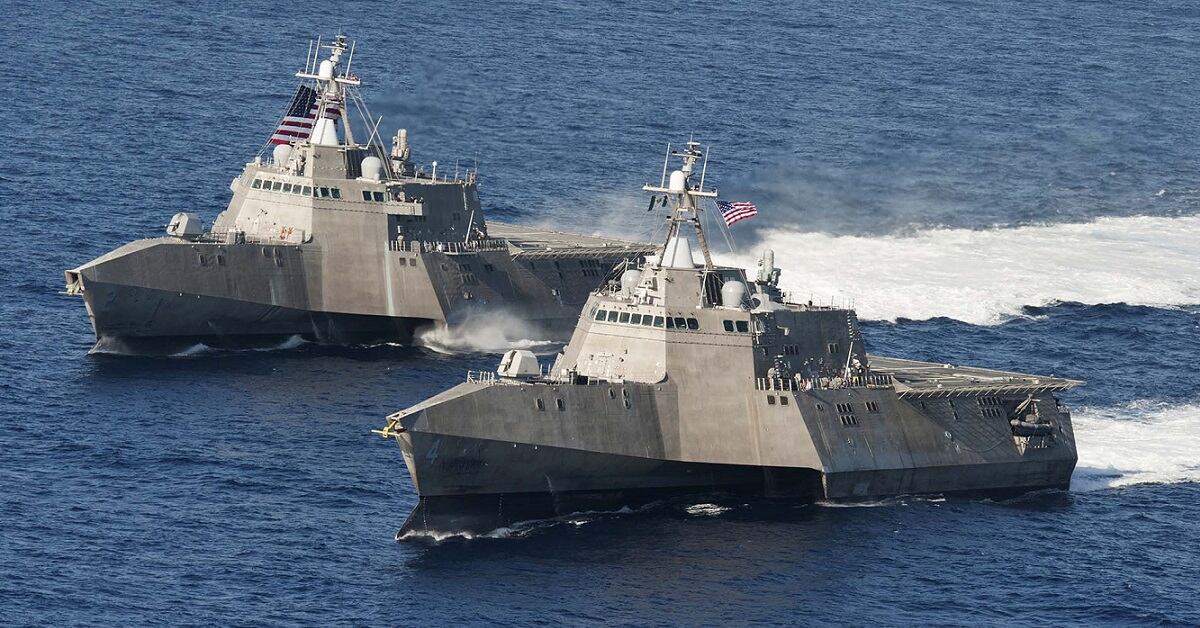WASHINGTON — Senate defense appropriators have advanced a proposed $675 billion Pentagon spending measure for 2019, touting its heavy investment in innovation and research to maintain America’s military edge.
Hewing to the bipartisan, two-year budget deal, the spending bill includes $607.1 billion in base budget funding and $67.9 billion in the war budget. It is $20.4 billion higher than the fiscal 2018-enacted level.
The bill contains $95 billion for research and development, the largest R&D budget in the Pentagon’s history, adjusted for inflation, according to Senate Appropriations Committee ranking member Dick Durbin, D-Ill. The bill also includes $2.8 billion in added basic research funding the president’s budget did not request.
The bill also seems to surpass the Senate-passed policy bill’s emphasis on future warfare, with $929 million for hypersonics, $564 million to develop advanced offensive and defensive space capabilities, $317 million to develop a directed-energy weapon, and $308 million for artificial intelligence, according to a summary released Tuesday.
“This bill sustains U.S. force structure and improves military readiness. It also recommends investments in future technologies needed to defend our nation in an increasingly complex and competitive national security environment,” said Senate Appropriations Committee Chairman Richard Shelby, R-Ala., who also leads the sub-panel.
“Our military must maintain its technological superiority. I am pleased that our subcommittee has identified the resources needed to make that happen ― investing in basic research, hypersonics, directed energy, missile defense, cybersecurity, and our test and evaluation infrastructure,” he said.
Aviation programs would get $42 billion, to include $1.2 billion for eight F-35 carrier variants and four short takeoff and vertical landing Joint Strike Fighters, and it includes $375 million for the Air Force’s Advanced Battle Management System — as well as sustainment of the legacy fleet of JSTARS aircraft.
The bill allocates $24 billion toward shipbuilding, which includes two Virginia-class summaries, three DDG-51 destroyers and two littoral combat ships. There’s $250 in advance procurement funding for one more DDG-51 in 2020 and $250 million for submarine industrial-base expansion.
Munitions would get $18.5 billion, with $125 million to expand procurement for the anti-ship cruise missile LRASM for the Navy, and the JASSM long-range, conventional, air-to-ground, precision-standoff missile for the Air Force and Navy, as well as $57 million for Army industrial facilities.
For personnel, the bill supports a military pay raise of 2.6 percent and includes $974 million for defense medical research. The bill’s end-strength boost of 6,961 falls below the president’s request for 25,900 more troops.
The spending bill is several steps from becoming law. The House is due to take up its version of the legislation this week, and the Senate must pass its version of the bill before the two versions are reconciled. The full Senate Appropriations Committee is set to hold its markup on Thursday.
RELATED

The Senate this week passed a “minibus,” which merged funding for energy and water programs, the legislative branch, military construction, and Veterans Affairs. The strategy is meant to ensure passage for domestic spending priorities that Democrats have demanded in recent years.
Democrats seem to favor merging the proposed defense spending bill with the coming spending bill for labor, health and human services, education, and related agencies. Durbin said as much Tuesday: “We have a confident path to conclusion for both.”
“I believe in this bill, I think its a good bill and I could easily support it, defend it,” Durbin said of the defense spending bill, calling a merger helpful to “the best ending for the appropriations process.”
Joe Gould was the senior Pentagon reporter for Defense News, covering the intersection of national security policy, politics and the defense industry. He had previously served as Congress reporter.







